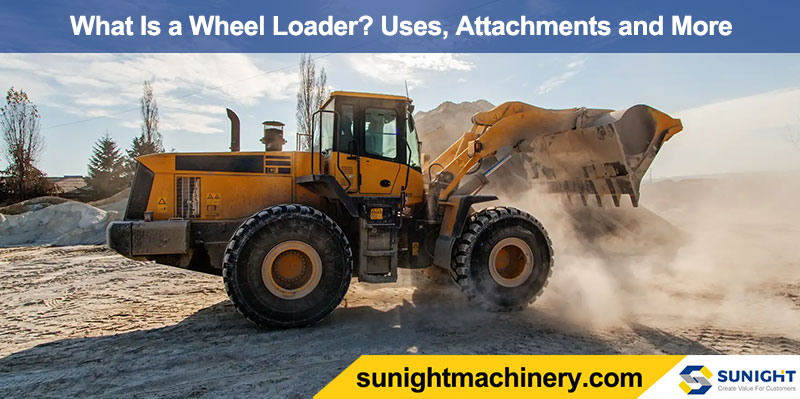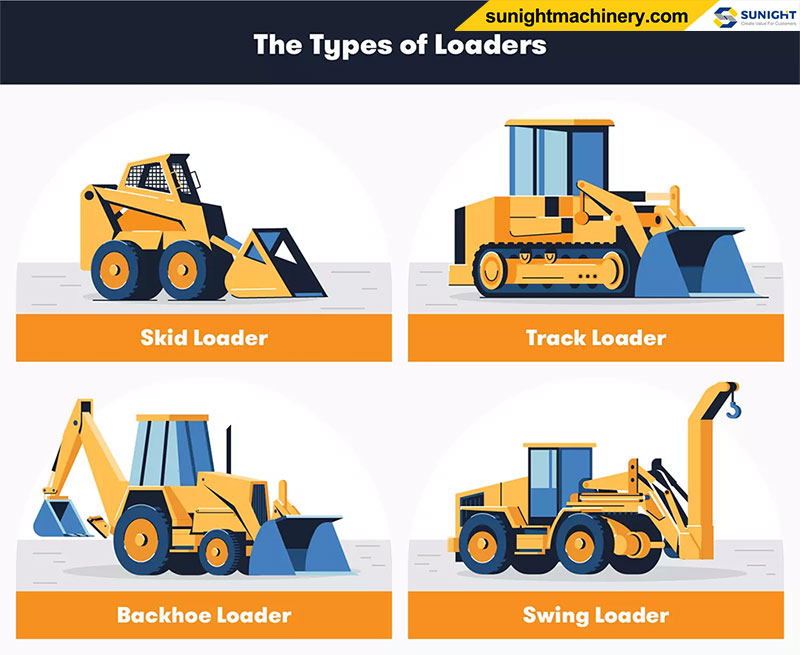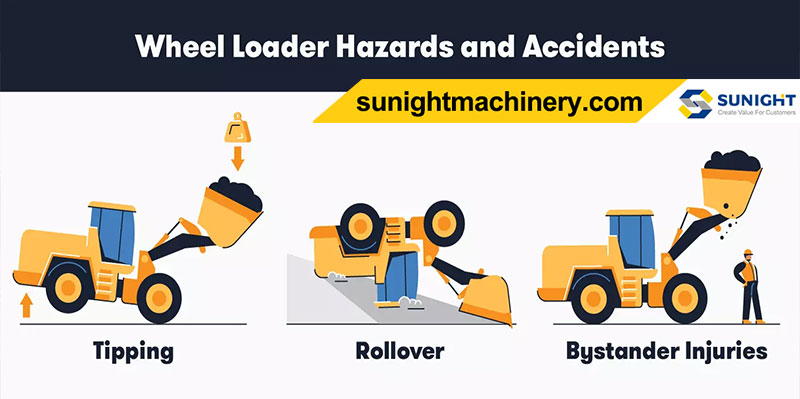In agriculture, landscaping and construction, transporting heavy materials across a work site is essential. Because most lifting devices only raise one kind of object, teams can spend thousands of dollars on various equipment. Thanks to their versatility and carrying capacity, wheel loaders transport different types of material at a low cost. By 2030, analysts estimate the global wheel loader market will reach a value of over $23 billion.
A wheel loader is a piece of heavy machinery used to load and carry materials across a job site. Wheel loaders can haul fine materials like sand or large objects like rock and demolition debris.
While they’re often used in construction, loaders also play a role in agriculture and industrial cleanup projects. The size of a wheel loader helps determine which industry it’s best suited for.
Depending on the context, operators may use different types of loaders. Front loaders, front-end loaders, payloaders and loading machines all refer to the same device. Thanks to their durable buckets and tires, wheel loaders offer unmatched mobility. Whether operators need to dig, carry or place loads, this type of loader will help.
Wheel loaders transport high-volume loads in a short period. Thanks to its bucket attachment, a loader can scoop up materials in one quick motion. Once the operator has a firm hold on their haul, they can drive the load to its destination. Examples of wheel loader tasks include:
Loaders function by digging a front-mounted bucket into the ground. From there, this bucket scoops up and transports materials. Like other lifting devices, this front-mounted bucket carries objects with an internal hydraulics system. Operators can also adjust a load in midair to better leverage its weight.
In some cases, the bucket is permanently mounted on a wheel loader. Other models feature a wider selection of attachments that operators can swap out. Depending on the size and shape of their haul, one attachment may provide a more secure grasp than another.
Similar to telehandlers and forklifts, operators benefit from a spotter. They can provide instructions to operators, ensuring they carry loads around obstacles. However, some jobs require spotters more than others. When transporting materials off a work site, operators can safely drive away from other personnel.
Wheel loaders offer benefits other lifting devices can’t match. Cranes, forklifts and telehandlers serve specific purposes on a construction site. By contrast, loaders can play one of many more generalized roles.
Wheel loaders transport materials more efficiently than other devices. Cranes and forklifts rely on precision, so the operator has to carefully move their haul. By contrast, wheel loaders’ buckets quickly scoop and leverage their weight. Their durable tires also ensure they can drive through unstable terrain.
In general, a reliable lifting device will haul several thousand pounds at a time. Large wheel loaders can hold up to 18 tons at a time. Their large buckets incentivize carrying more weight at once than other machines. With a wheel loader’s durable design, these heavy loads never compromise safety.
Despite outperforming other types of heavy machinery, wheel loaders have a simple design. At the minimum, wheel loaders combine a tractor with a front-facing bucket attachment. This straightforward design makes operating and repairing a loader easier than other devices. When a job demands more versatility, wheel loaders provide it with a simple attachment change.
Wheel loaders rely on a few major parts to function. While control valves and hydraulic cylinders work under the hood, they power a select few exterior components. By understanding how these parts come together, operators can better operate this piece of equipment. A loader’s parts include:
A wheel loader’s operator drives the machine from its cab. This compartment sits above the main control valve, lifting it high above the ground. From this vantage point, the operator can watch their loader’s bucket and make sure it doesn’t collide with anything. Protective glass over the windows also keeps debris from entering a cab.
Two boom arms stretch out in front of the cab. The wheel loader’s hydraulic systems control these booms, allowing them to rise and fall with materials in tow. At the end of the boom is a piece of linkage that connects to the bucket. Other loaders let operators switch out the bucket and affix different attachments to the linkage.
More often than not, wheel loaders transport materials with a bucket. But depending on the load, another attachment might function better. Most loader attachments focus on pushing, lifting or sweeping objects in front of the machine. The operator’s selection depends on their industry and the task they need to perform.
Like many industrial devices, wheel loaders come in a wide variety of models and sizes. Additionally, differentiating between loaders is difficult because of their naming conventions. Payloaders, front-end loaders, front loaders, bucket loaders and scoop loaders sound like different devices, but they refer to the same machine. Different types of loaders include:
Before starting any project, site managers and loader operators need to pick the right job equipment. Selecting the right loader comes down to the weight a team needs to move and the tools needed to do so.
Wheel loaders come in four sizes: compact, small, medium and large. Loaders fall into these categories based on their bucket size, indicating the weight they can carry. Small and compact loaders carry up to 4 tons, while large machines carry up to 18. While small wheel loaders’ buckets are usually 1 yard wide, the largest models have buckets 8 yards long.
Depending on the job at hand, operators should use different types of loaders. When laying tracks, a swing loader benefits from a wider range of motion and more precision. If operators need to dig through the surface after they drive over it, a backhoe loader offers the right attachment. Finally, when navigating uneven surfaces or tightly packed terrain, a track loader or skid loader provides enhanced mobility.
Loaders may benefit from a simple design and straightforward utility, but their versatility truly sets them apart. By affixing different attachments to the boom, one machine can do the work of several. Many loaders even come with tools that let operators quickly switch attachments on the fly. Some examples include:
Like many of the best lifting devices, wheel loaders come with safety hazards. While a careful, well-prepared team can avoid most accidents, following safety protocols is always necessary. By anticipating safety concerns before they occur, operators avoid putting themselves and others in danger. These scenarios include:
When loaders don’t properly leverage the weight from their haul, they risk tipping forward. The higher a bucket hangs above the ground, the more a machine’s center of gravity shifts. To avoid this, operators should keep their buckets as close to the ground as possible. Additionally, they should never exceed a device’s maximum carry weight.
When climbing hills and on unstable footing, wheel loaders run the risk of rolling over. In general, operators can drive over uneven terrain without much issue, but if a loader’s haul feels unstable on loose terrain, rollovers can occur. Operators prevent rollovers by surveying their work sites and hitting the brakes if their haul feels unstable.
Because of wheel loaders’ size and the weight they carry, they pose a risk to bystanders. Spotters and other team members should never stand below a raised bucket. Other employees should also steer clear of any material loaders dig into. Above all else, operators need to follow their job’s safety protocols and lift in plain view of their coworkers.